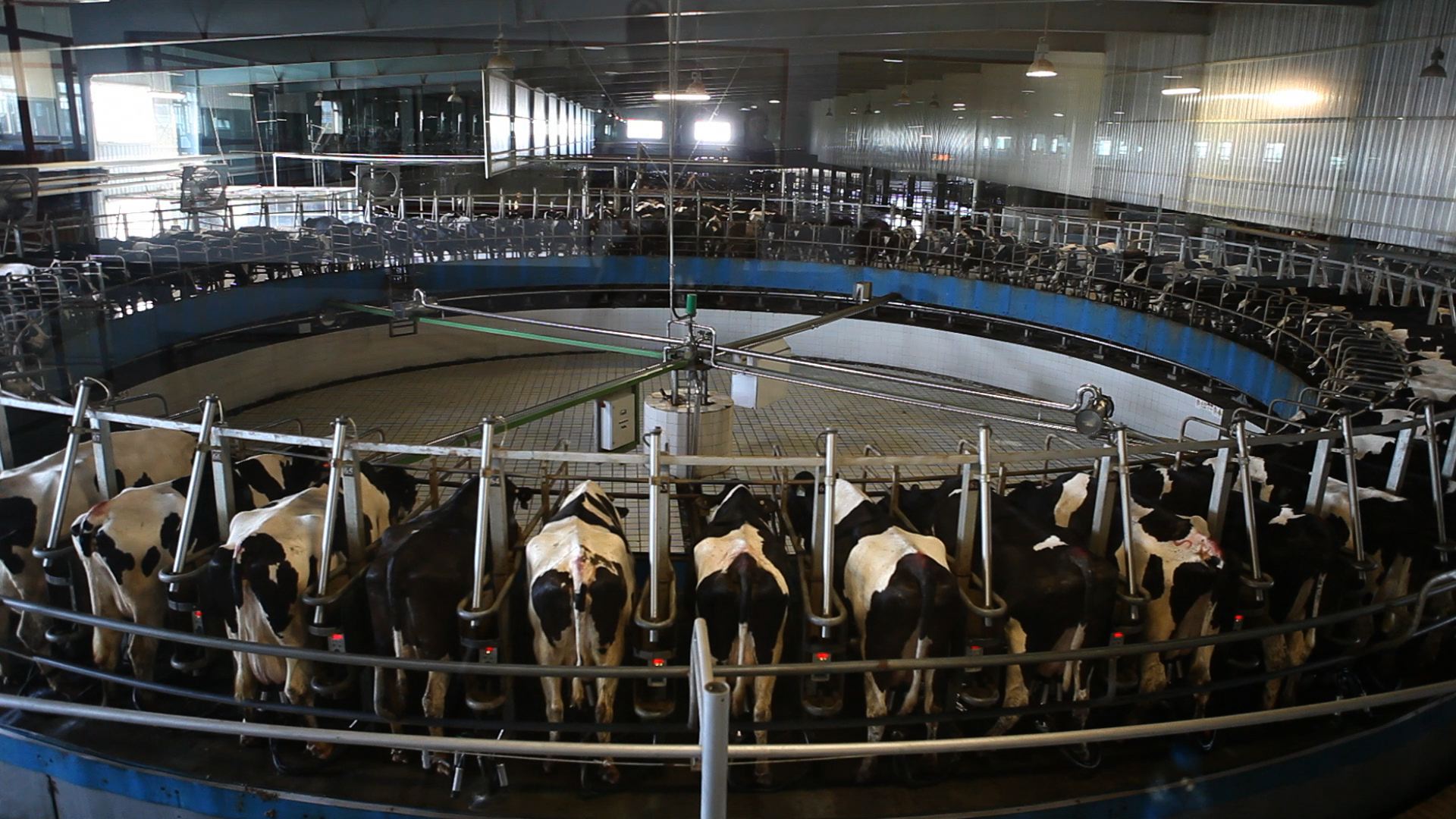Iran is one of the top milk producers and has ambitious plans to grab a bigger share of the global milk and dairy market.
In an interview with Financial Tribune, Deputy Agriculture Minister Hassan Rokni estimated that Iran’s dairy exports will hit a record high of $1 billion by the end of the current Iranian year (March 20, 2018).
Rokni noted that Iran exports 20 types of processed dairy products to 30 countries.
Europe, Central Asia, Persian Gulf region, Iraq, Afghanistan, and Russia are among its export destinations.
“Iran exported 850,000 tons of dairy products in the last fiscal year (March 2016-17). Exports of milk and related dairy products are projected to reach 1 million tons this year,” he said.
Rokni said latest statistics show Iran exported 500,000 tons of dairy products during the five months to Aug. 22.
According to Kaveh Zargaran, chairman of Agriculture Commission of Tehran Chamber of Commerce, Industries, Mines and Agriculture, Iran’s dairy exports earned close to $500 million during the six months to Sept. 22, IRNA reported.
Rokni said figures on milk powder exports during the five months to August 22 show the country had a monthly export average of 100,000 tons.
“Iran’s dairy industry is highly significant in that it has a noticeable share in generating wealth via exports as well as sustainable jobs in the country,” he said.
> Considerable Share in Non-Oil Exports
According to Food and Agriculture Organization of the United Nations, milk and dairy products account for about 14% of global agricultural trade.
Dairy products had the biggest share in Iran’s food exports last year and earned $773 million, registering a 10% and 25% growth in volume and value respectively compared to the year before.
According to Zargaran, exported products included yogurt that topped the list with $218 million, followed by cheese with $187 million, milk powder with $129 million and cream and ice cream with $120 million.
Meanwhile, 56,000 tons of dairy products worth $251 million were imported during the same period, a majority of which pertained to 46,000 tons of butter worth $184 million and 7,000 tons of infant formula worth $50 million.
The above figures indicate that Iran’s dairy trade saw a surplus of $523 million last year.
Iran’s exports in food and processing industries witnessed a 9.3% and 23.4% rise in value and volume respectively.
These exports rose to 923,000 tons worth $1.4 billion during the six months to Sept. 22 from 748,000 tons worth $1.28 billion in the corresponding period of last year, IRNA reported.
Iran’s non-oil exports, mostly petrochemicals ($7 billion), gas condensates ($3.52 billion), polyethylene ($750 million), liquefied propane ($686 million), light crude oil, excluding gasoline ($638 million), and methanol ($593 million) during the same period hit 58.63 million tons worth $20.54 billion, indicating a 3.2% decline year-on-year, the Islamic Republic of Iran Customs Administration announced.
Rokni put last year’s milk production at 9.6 million tons, saying the figure is expected to reach 10 million tons in the current year (March 2017-18).
“Many of Iran’s milk production units have higher production average than the ones in Europe,” he said.
> In the Range of Medium-Consumption
FAO noted that Iran is among the medium-consumption countries with a dairy consumption rate of 30 to 150 kg per capita per year.
Other countries in this category are India, Japan, Kenya, Mexico, Mongolia, New Zealand, North and Southern Africa, most of the Middle East, and most of Latin America and the Caribbean.
Argentina, Armenia, Australia, Costa Rica, Europe, Kyrgyzstan, North America and Pakistan are among high-consumption countries devouring more than 150 kg per capita per year.
The low-consumption countries and regions consuming under 30 kg per capita per year include Senegal, most of Central Africa and most of East and Southeast Asia.
Milk contributes 27% to the global value added of livestock and 10% to that of agriculture.
The global dairy sector is growing fast. World milk production is projected to increase by 177 million tons by 2025, at an average growth rate of 1.8% per annum in the next 10 years.
Over the same period, per capita consumption of dairy products is projected to increase by 0.8% and 1.7% per year in developing countries and between 0.5% and 1.1% in developed economies.
Because of the sheer size of the dairy industry, these growth rates can produce big development payoffs for people’s livelihoods, for the environment and for public health.



